Home>diy>Building & Construction>What Is O&P In Construction


Building & Construction
What Is O&P In Construction
Modified: January 24, 2024
Learn all about O&P in construction and how it relates to building-construction projects. Explore the essential components and processes involved to ensure successful construction projects.
(Many of the links in this article redirect to a specific reviewed product. Your purchase of these products through affiliate links helps to generate commission for Storables.com, at no extra cost. Learn more)
Introduction
In the world of construction, there are many factors that contribute to the successful completion of a project. One such factor is O&P, which stands for Overhead and Profit. O&P plays a crucial role in the financial aspect of construction projects and is a key component in estimating and managing costs.
When it comes to construction projects, there are numerous expenses that need to be accounted for, such as materials, labor, equipment, and overhead costs. Overhead costs include expenses like administrative fees, insurance, permits, and utilities. Profit, on the other hand, is the amount that contractors earn as compensation for their services.
Understanding the concept of O&P and its significance in construction is vital for both contractors and clients. A clear understanding of O&P allows clients to evaluate and compare project bids accurately, while contractors can ensure that their costs are adequately covered and that they receive fair compensation for their work. In this article, we will delve deeper into the definition, importance, and calculation methods of O&P in the construction industry.
Key Takeaways:
- O&P, or Overhead and Profit, is crucial in construction for accurate cost estimation, fair compensation for contractors, and overall project success.
- Factors such as project size, location, and industry experience influence O&P, while challenges like negotiation and unforeseen risks require proactive management.
Read more: What Is Construction
Definition of O&P in Construction
Overhead and Profit (O&P) in construction refers to the additional costs and profit margins that contractors include in their estimates and bids for construction projects. Overhead costs encompass a variety of expenses that are necessary for running a construction business but are not directly tied to a specific project. These costs include items like office rent, utilities, insurance, licenses, advertising, and salaries for managerial staff.
Profit, on the other hand, is the amount that contractors add to their costs to compensate for the risks and expertise involved in completing a construction project. It is the reward for successfully managing the project, assuming liability, and delivering quality work.
O&P is typically expressed as a percentage that is added to the direct costs of a project. The overhead percentage covers the indirect costs, while the profit percentage represents the contractor’s desired profit margin. The sum of these percentages is then applied to the direct costs to determine the total cost estimate.
While overhead and profit are separate components, they are often combined into a single line item in a project’s cost estimate. This is done to simplify the bidding and evaluation process. However, it is important for clients and contractors to understand the breakdown of overhead and profit, as it can impact negotiation and cost management throughout the project.
Importance of O&P in Construction
O&P plays a crucial role in the construction industry, benefiting both contractors and clients in several ways. Let’s take a closer look at why O&P is important:
- Evaluating and Comparing Bids: O&P allows clients to evaluate and compare different bids from contractors. Since O&P is often combined into a single line item, it provides a clear representation of the contractor’s overall costs and desired profit margin. This enables clients to make informed decisions based on the total cost of the project.
- Ensuring Adequate Coverage: Including an appropriate O&P percentage ensures that contractors can cover their overhead costs and make a reasonable profit. Without O&P, contractors would struggle to sustain their businesses and deliver projects of high quality. It provides them with the necessary resources to efficiently manage the project and maintain a skilled workforce.
- Fair Compensation: O&P ensures that contractors are adequately compensated for their skills, expertise, and the risks they assume in completing a construction project. Profit is their reward for successfully managing the project, meeting deadlines, and delivering quality work. It allows contractors to invest in their business, improve their services, and attract talented professionals.
- Risk Management: O&P also acts as a buffer against unforeseen risks and fluctuations in the construction industry. Contractors face various uncertainties, such as changes in material prices, labor availability, regulatory requirements, and weather conditions. Including O&P helps contractors mitigate these risks, ensuring the project remains profitable even in challenging circumstances.
- Business Growth: For contractors, O&P is essential for the growth and sustainability of their businesses. It allows them to reinvest in equipment, technology, training, and marketing, thus improving their capabilities and attracting more clients. By earning a reasonable profit, contractors can expand their operations, hire skilled personnel, and take on more complex and larger-scale projects.
In summary, O&P is important in construction as it aids in evaluating and comparing bids, ensuring contractors receive fair compensation, managing risks, and supporting business growth. It is a critical component in maintaining a healthy and vibrant construction industry.
Factors Affecting O&P in Construction
Several factors influence the determination of the Overhead and Profit (O&P) percentage in construction projects. Understanding these factors is crucial for both contractors and clients to accurately assess and negotiate project costs. Here are some key factors that affect O&P in construction:
- Size and Complexity of the Project: The size and complexity of a construction project contribute significantly to the O&P percentage. Larger and more complex projects generally require higher overhead costs due to increased administrative and managerial efforts. Similarly, projects with intricate designs or unique construction methods may require additional expertise and resources, leading to a higher profit margin.
- Project Location: The geographical location of a construction project can impact O&P as well. Factors such as local market conditions, labor availability, transportation costs, and regulatory requirements vary from one location to another. Contractors may need to account for these variances in their overhead costs, leading to different O&P percentages in different regions.
- Industry Experience and Reputation: The experience, expertise, and reputation of a contractor also play a role in determining the O&P percentage. Contractors with a long track record of successful projects and satisfied clients may command a higher profit margin due to their perceived value and credibility. Clients often prioritize working with reputable contractors, which can influence the negotiation of O&P.
- Market Demand and Competition: The level of market demand and competition in the construction industry can affect O&P. In a highly competitive market with numerous contractors vying for projects, profit margins may be lower to secure contracts. Conversely, in a market with limited competition and high demand, contractors may have more leverage to set higher profit margins.
- Economic Conditions: Economic factors, such as inflation, interest rates, and material prices, can impact O&P. During periods of economic downturn or inflation, contractors may need to adjust their overhead costs and profit margins to account for increased expenses. Economic stability and predictable material prices can result in more consistent O&P percentages.
- Contract Type: The type of contract utilized in a construction project can also influence O&P. Different contract types, such as lump-sum contracts, cost-plus contracts, or design-build contracts, have varying methods for determining and allocating overhead and profit. The terms and conditions of the contract may impact the negotiation and calculation of O&P.
It is important for both clients and contractors to consider these factors when discussing and agreeing upon the O&P percentage in a construction project. Open communication and mutual understanding of these factors can lead to fair and reasonable cost estimates and ultimately contribute to the success of the project.
O&P in construction stands for overhead and profit. It refers to the additional costs and profit margin added to the total project cost to cover the contractor’s expenses and make a profit.
O&P Calculation Methods in Construction
Calculating the Overhead and Profit (O&P) percentage in construction projects involves a combination of industry norms, estimating practices, and negotiation between clients and contractors. While there is no standardized approach to calculating O&P, several common methods are often used. Here are some of the calculation methods employed in construction:
- Industry Standard Percentage: One common method is to use an industry standard percentage for overhead and profit. This percentage is based on regional or national averages and represents a reasonable markup that contractors typically add to their direct costs to cover overhead expenses and earn a profit. However, this method may not accurately reflect the specific circumstances of each project and may require adjustment based on other factors.
- Job Cost Assessment: Another method is to calculate the overhead and profit based on a job cost assessment. In this approach, contractors estimate their anticipated direct costs for labor, materials, equipment, and subcontractors, and then add a percentage to cover the indirect costs and profit. The specific percentage can vary depending on the contractor’s overhead structure, desired profit margin, and project-specific factors.
- Negotiation: O&P calculation can also involve negotiation between clients and contractors. Clients may request transparency regarding the contractor’s overhead costs, profit margin expectations, and the specific services covered under the overhead expenses. By engaging in open and honest communication, clients and contractors can negotiate a fair O&P percentage that satisfies both parties and ensures the project’s financial viability.
- Cost-Plus Contracts: In cost-plus contracts, the overhead and profit calculation is based on the actual project costs. Contractors are reimbursed for their direct costs and are also entitled to an agreed-upon percentage or fee to cover overhead and profit. This method allows for greater transparency and ensures that contractors are adequately compensated for their actual expenses and desired profit margin.
- Historical Analysis: Contractors can also utilize historical project data to calculate the overhead and profit. By analyzing past projects with similar characteristics, contractors can identify patterns and trends in their overhead costs and profit margins. This approach provides a more data-driven estimation for future projects and can help contractors make informed decisions about the O&P percentage.
It is important to note that the O&P calculation method can vary depending on the specific project, contract type, and the preferences of the client and contractor. Whichever method is chosen, it should ensure that the overhead costs are adequately covered, and the contractor earns a reasonable profit for their services. Open communication, transparency, and a collaborative approach are essential for arriving at a fair and mutually agreed-upon O&P calculation.
Read more: What Is Pre-Construction In Construction
Common Practices and Challenges in O&P Management
Managing Overhead and Profit (O&P) effectively is crucial for the success of construction projects. While there are common practices that help in O&P management, there are also challenges that need to be addressed. Let’s discuss some of the common practices and challenges in O&P management:
- Accurate Cost Estimation: One common practice is to ensure accurate cost estimation. This involves a detailed analysis of all direct costs, including labor, materials, equipment, and subcontractor expenses. Accurate cost estimation lays the foundation for determining the appropriate O&P percentage that covers overhead costs and allows for a reasonable profit margin.
- Transparent Documentation: Maintaining transparent documentation is essential in O&P management. Contractors should provide clear and detailed breakdowns of their estimated costs, overhead expenses, and profit margins to clients. This transparency builds trust and facilitates effective communication throughout the project. Additionally, maintaining proper records of actual project costs helps in future O&P estimation and analysis.
- Regular Monitoring and Adjustments: It is crucial to monitor the actual costs and progress of a project regularly. This allows for adjustments to the overhead and profit calculations to ensure that they align with the project’s evolving needs. Close monitoring helps identify any deviations from the initial cost estimates and provides an opportunity to address them promptly.
- Controlling Overhead Costs: Effective overhead cost control can positively impact O&P management. Contractors should review their overhead expenses regularly and seek opportunities to reduce costs without compromising quality and safety. This may involve exploring alternative suppliers, implementing efficiency measures, leveraging technology, and streamlining administrative processes.
- Understanding Client Expectations: Clear communication and understanding of client expectations are vital for successful O&P management. Contractors should engage in thorough discussions with clients to establish a mutual understanding of the project scope, quality standards, and desired outcomes. By aligning expectations upfront, potential conflicts related to O&P can be prevented.
However, there are challenges that can arise in O&P management in construction projects. Some common challenges include:
- Negotiation and Contractual Issues: Negotiating and reaching a mutual agreement on the O&P percentage can be challenging. Clients and contractors may have differing perspectives on what constitutes a fair profit margin, leading to difficulties in contract negotiations.
- Varying Project Scope and Changes: Changes in project scope can impact the estimated costs and may require adjustments in the O&P percentage. Contractors need to manage these changes effectively to ensure that the O&P remains accurate and covers the additional expenses incurred.
- Unforeseen Risks: Construction projects are inherently risky, and unforeseen circumstances can have financial implications. Unanticipated events such as weather delays, labor shortages, or material price fluctuations can impact the project costs and put pressure on the O&P management.
- Competitive Bidding: In highly competitive markets, contractors may face pressure to lower their profit margins to secure projects. Balancing the need to remain competitive while ensuring adequate compensation can be a challenge in O&P management.
- Regulatory Compliance: Compliance with regulatory requirements can add significant overhead costs to a project. Contractors need to stay up-to-date with evolving regulations and ensure that their O&P calculations account for these compliance costs.
Addressing these challenges requires effective communication, proper risk mitigation strategies, and continuous monitoring and adjustment of costs and project scope. By implementing best practices and proactively addressing challenges, O&P management can contribute to the overall success and profitability of construction projects.
Conclusion
Overhead and Profit (O&P) are integral components in the construction industry that play a critical role in estimating and managing costs. Understanding the definition, importance, and calculation methods of O&P is essential for both contractors and clients.
O&P allows clients to evaluate and compare project bids accurately, providing a clear representation of the contractor’s overall costs and desired profit margin. It ensures that contractors can cover their overhead costs, earn a reasonable profit, and sustain their businesses, enabling them to deliver projects of high quality.
Factors such as the size and complexity of the project, project location, industry experience, market demand, and economic conditions can influence the determination of the O&P percentage. Negotiation, cost-plus contracts, historical analysis, and industry standards are some of the common methods used to calculate O&P.
Common practices in O&P management include accurate cost estimation, transparent documentation, regular monitoring and adjustments, controlling overhead costs, and understanding client expectations. However, challenges such as negotiation and contractual issues, varying project scope, unforeseen risks, competitive bidding, and regulatory compliance can arise in O&P management. Addressing these challenges requires effective communication, risk mitigation strategies, and continuous monitoring and adjustment of project costs.
In conclusion, O&P management is crucial for the success and profitability of construction projects. By implementing best practices, addressing challenges proactively, and maintaining transparency, both contractors and clients can achieve fair and mutually beneficial outcomes in their construction endeavors.
Frequently Asked Questions about What Is O&P In Construction
Was this page helpful?
At Storables.com, we guarantee accurate and reliable information. Our content, validated by Expert Board Contributors, is crafted following stringent Editorial Policies. We're committed to providing you with well-researched, expert-backed insights for all your informational needs.


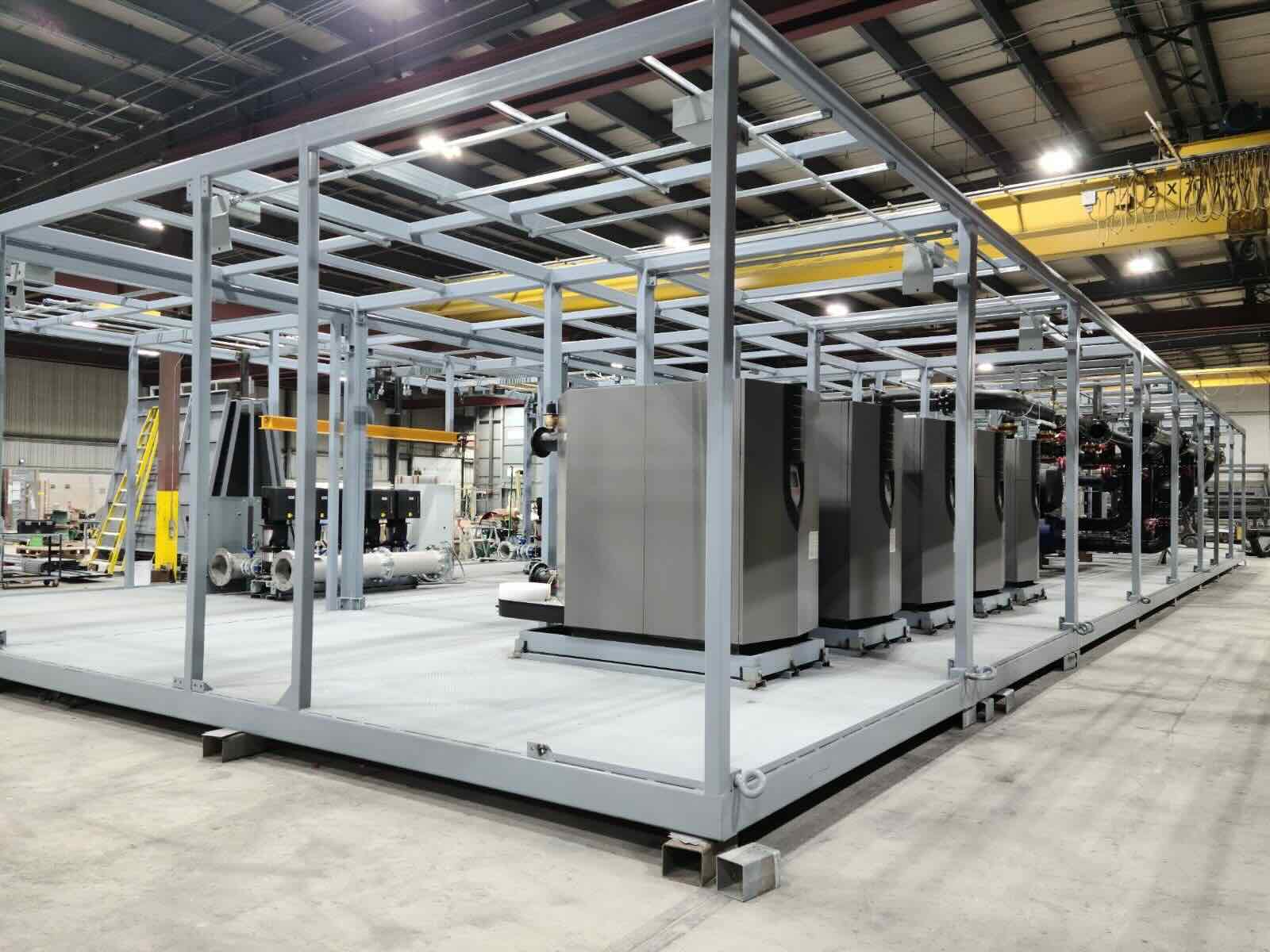
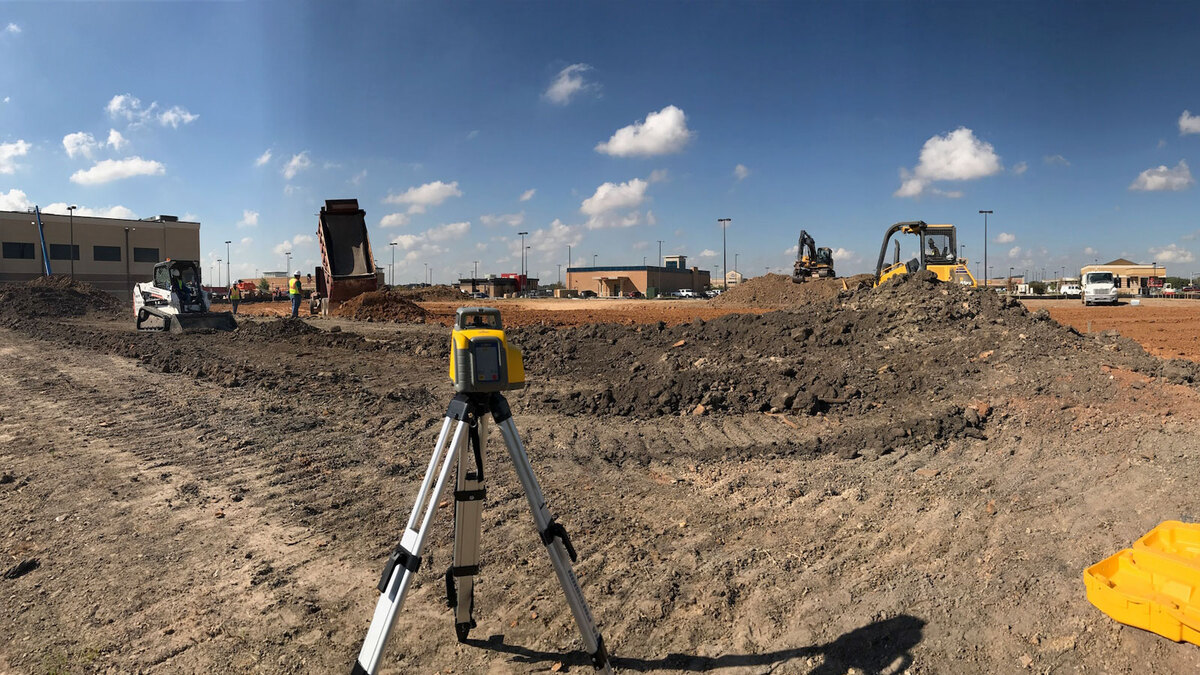

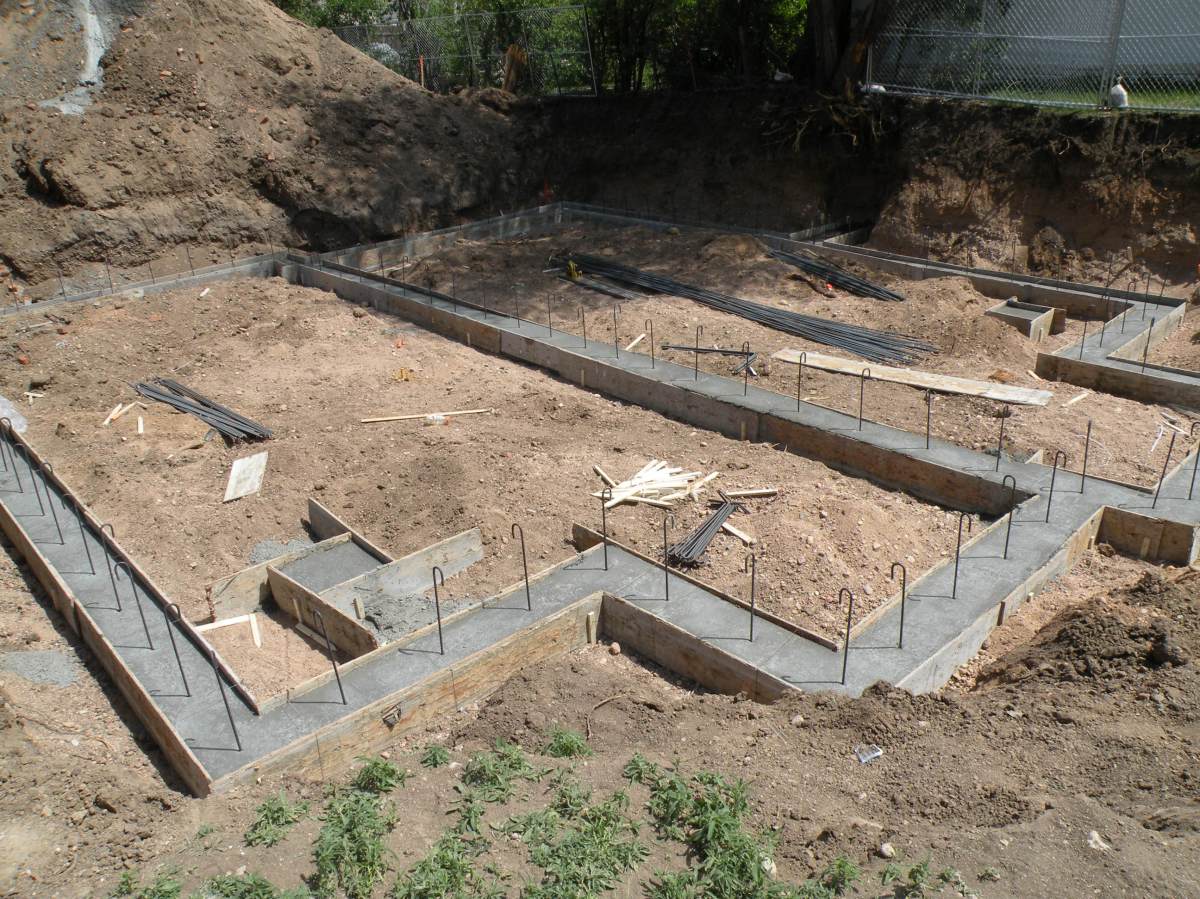





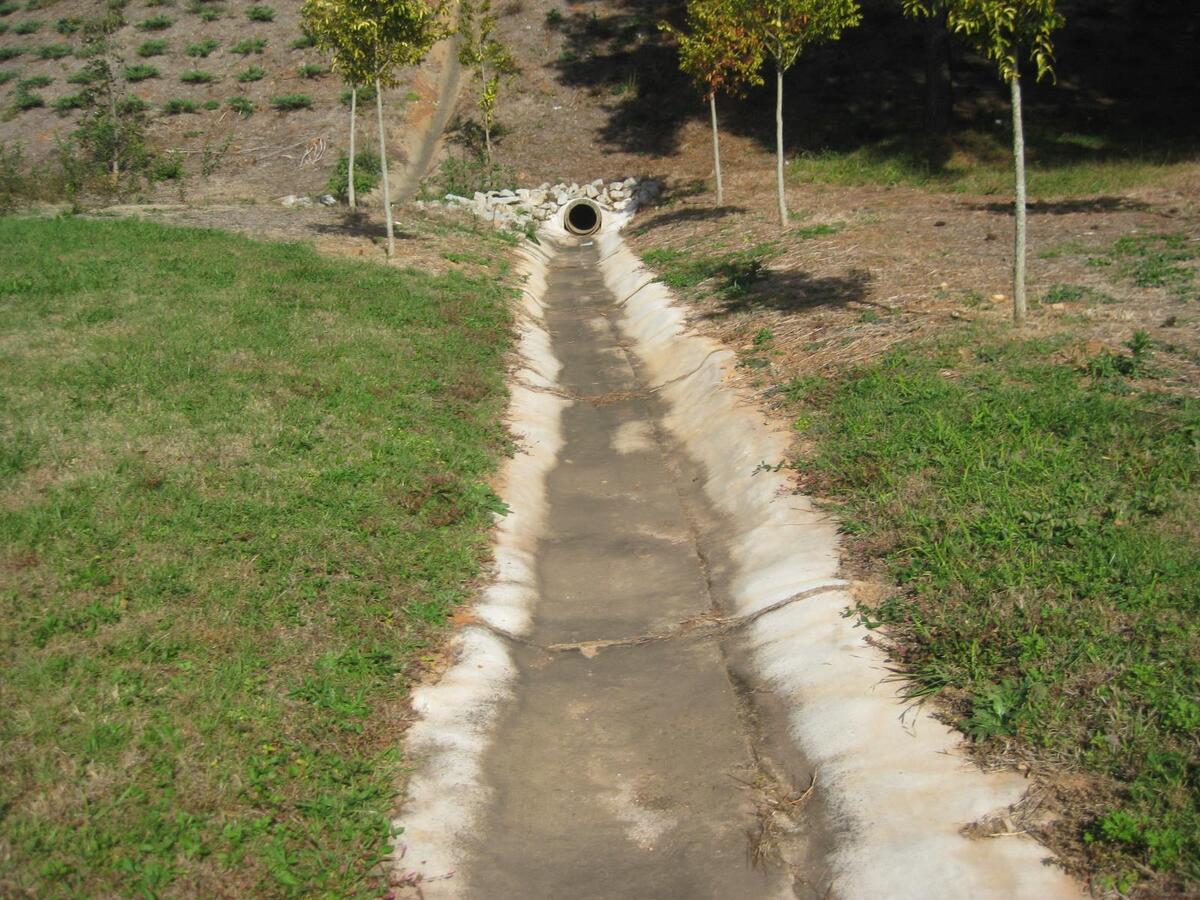

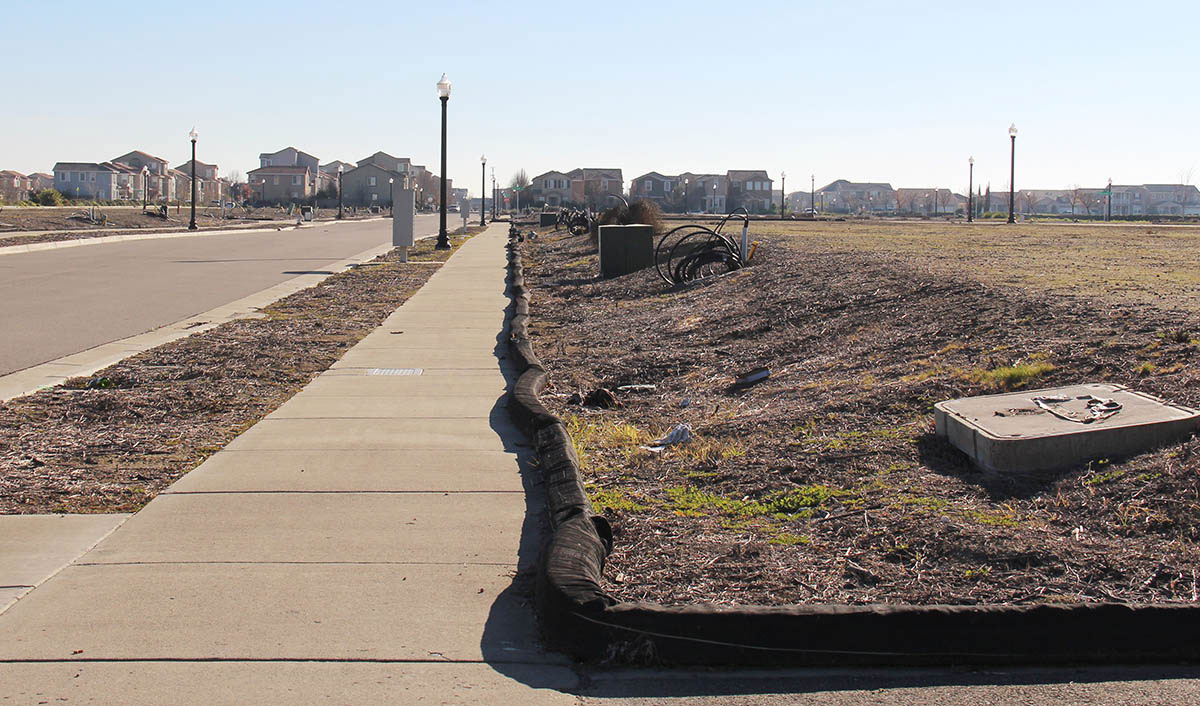

0 thoughts on “What Is O&P In Construction”